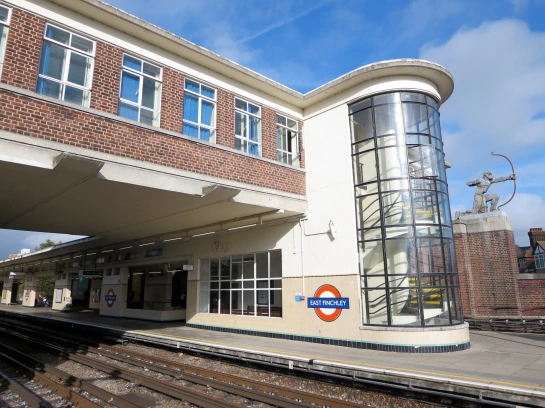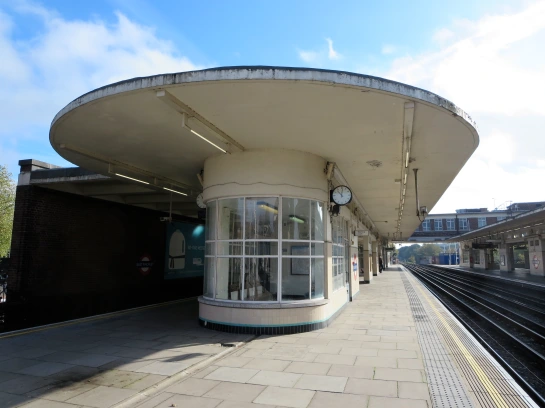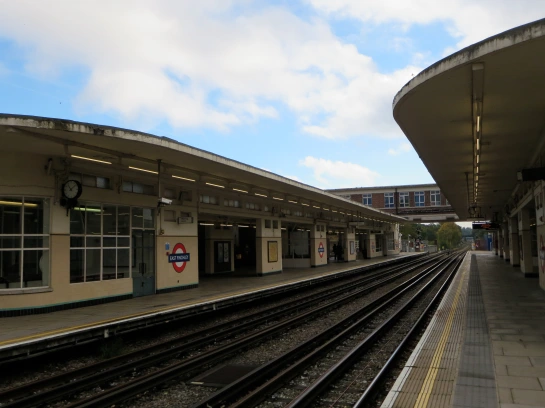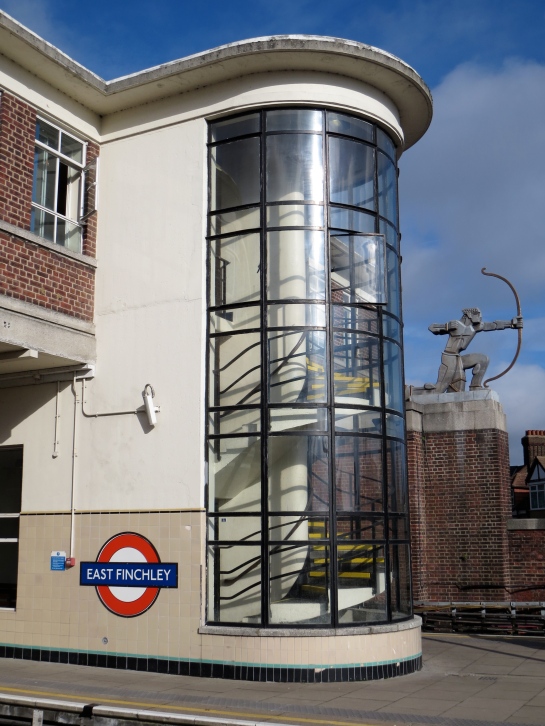 When I began this blog, I had a shortlist of only a couple of dozen places about which I knew I wanted to write. That was all. There was no grand plan of campaign, no strategy to help me get to 150. I trusted the Underground to serve up its delights as and when I chose to search them out.
When I began this blog, I had a shortlist of only a couple of dozen places about which I knew I wanted to write. That was all. There was no grand plan of campaign, no strategy to help me get to 150. I trusted the Underground to serve up its delights as and when I chose to search them out.
Before I reach the end, however, I do need to make one final, slight return.
I didn’t set out to count down the greatest things, or rank them in any way. It was always my intention to list them in no particular order – albeit earmarking a few particularly notable stations for a few particularly notable milestones (such as numbers 50, 75 and 100). So it’s by happy design that for my next to last entry I find myself revisiting my very first.
East Finchley station is of a piece with its archer. The platforms, canopies, buildings, walkways, stairwells, even the handrails and window frames, are close to perfection. Its curves are as exquisitely-formed as the phrasing of Debussy’s Clair de Lune; its structured elegance equals that of Larkin’s Whitsun Weddings. Its swagger, meanwhile, has the same joyous dashes of stylish exoticism as Ron Grainer’s sublime title theme for One of our Dinosaurs is Missing.
 In other words, it’s a mighty evocative place.
In other words, it’s a mighty evocative place.
And there’s plenty of room to encourage so much evocation. East Finchley station has four platforms, broad enough to feel more like continental thoroughfares than provincial embarkation points.
Here you can loiter, brood, mither and mingle without ever feeling ill-at-ease or out-of-sorts. It’s a nice place to have to wait. I’d go so far as to say it’s the kind of place at which you want to have to wait, whether to catch or change trains. The empty space is as much a part of the conception and purpose of East Finchley as the buildings. It’s one of the most holistic creations on the entire network.
The fact it’s also one of the most beautiful is, naturally, an enormous boon. But then it is the work of Charles Holden, the man without whom this blog would not have been possible.
Well, perhaps not impossible, but a hell of a lot shorter. Which, for those who would have preferred a mere two dozen entries, might not have been such a bad thing.
 A Senate House-sized salute to Charles. London belongs to him.
A Senate House-sized salute to Charles. London belongs to him.






